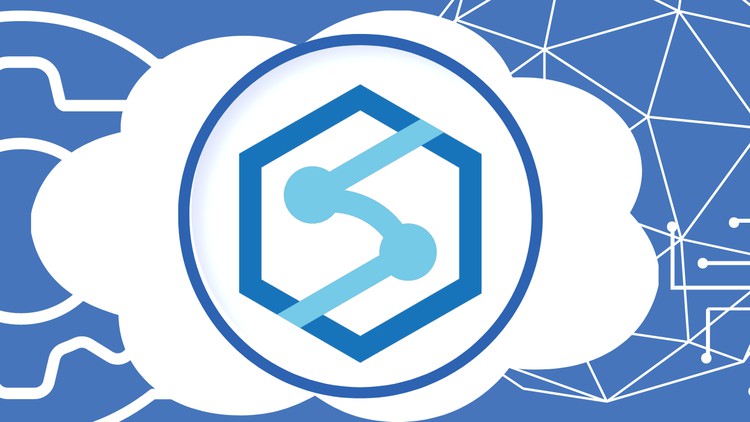1. Section Introduction
2. Drawbacks of ADLS
3. What is Delta lake
4. Lakehouse Architecture
5.1 SchemaManagementDelta.csv
5. Uploading required file for Delta lake
6.1 1 problems in data lake and creating delta lake.zip
6. Problems with Azure Datalake - Practical
7. Creating a Delta lake
8. Understanding Delta format
9.1 2 understanding transaction log file.zip
9. Contents of Transaction Log or Delta log file - Practical
10. Contents of a transaction log demo
11.1 3 creating delta tables using sql by path.zip
11. Creating delta table by Path using SQL
12.1 4 creating delta table in metastore pyspark and sql.zip
12. Creating delta table in Metastore using Pyspark and SQL
13.1 lesscols.zip
13.2 SchemaDifferDataType.csv
13.3 schemaextracolumn1.zip
13. Schema Enforcement - Files required for Understanding Schema Enforcement -
14. What is schema enforcement - Demo
15.1 4 creating delta table in metastore pyspark and sql.zip
15. Schema Enforcement - Practical
16.1 4 creating delta table in metastore pyspark and sql.zip
16. Schema Evolution - Practical
17.1 6 versioning and time travel.zip
17. 16. Versioning and Time Travel
18.1 7 vacuum command.zip
18. Vacuum command
19.1 8 convert to delta lake and checkpoints.zip
19. Convert to Delta command
20.1 8 convert to delta lake and checkpoints.zip
20. Checkpoints in delta log
21. Optimize command - Demo
22.1 9 optimize command.zip
22. Optimize command - Practical
23.1 10 - upsert using merge command.zip
23. Applying UPSERT using MERGE Command

